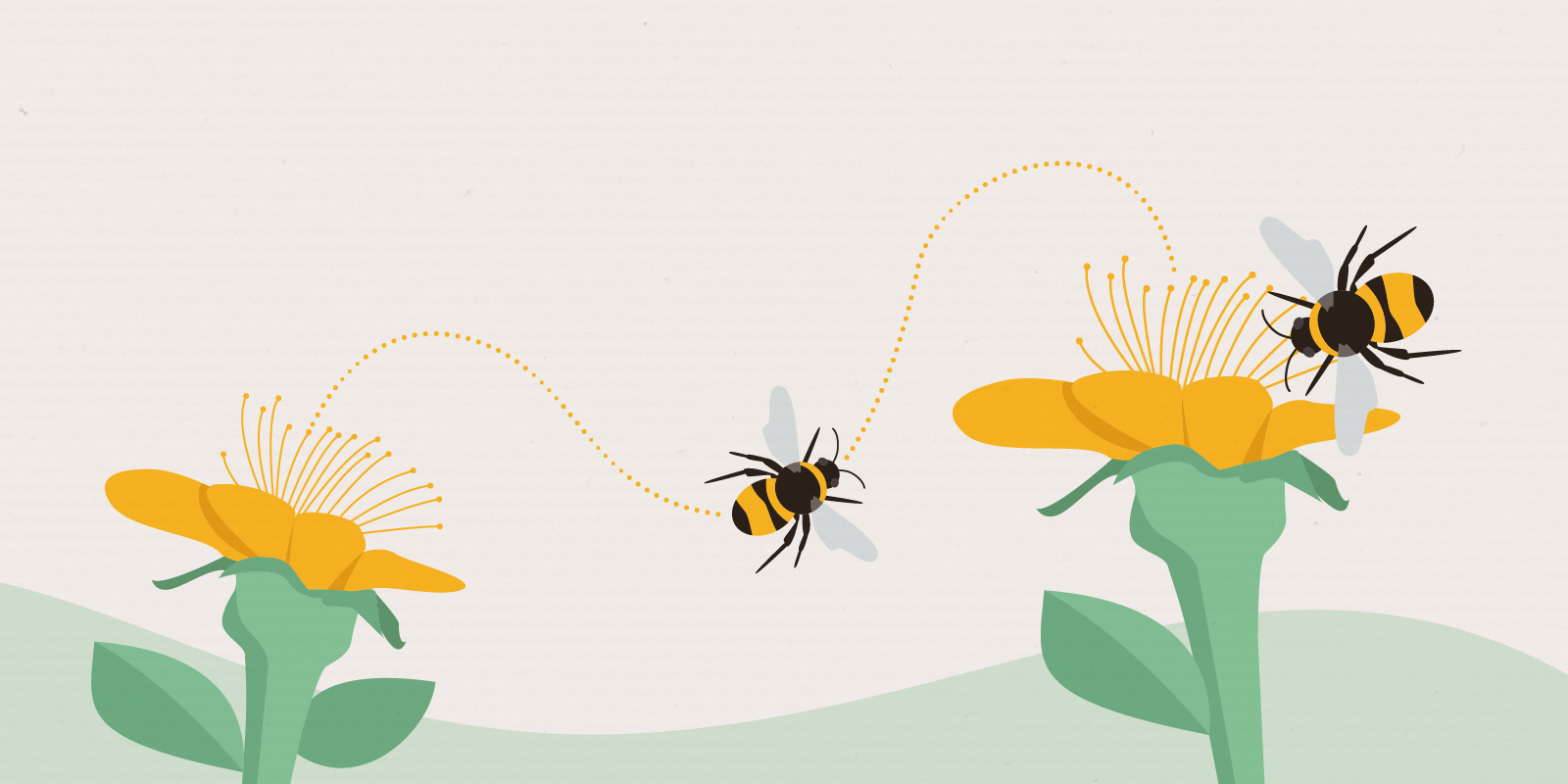
### Wild Bees Confront Increasing Dangers from Climate Change: Insights from a Penn State Study
Wild bees, the often-overlooked champions of pollination, are encountering unparalleled threats due to climate change. A pioneering study led by Penn State researchers has revealed that climate variables, more than just habitat disruptions, are emerging as the main culprits behind dwindling bee populations. The results indicate that efforts that focus exclusively on land-use concerns will fall short in protecting these essential pollinators.
#### Bees in an Evolving Climate
“Our research uncovered that the weather is the most pivotal factor impacting wild bee population sizes and species variety, especially temperature and rainfall,” states Christina Grozinger, Distinguished Professor of Entomology and head of the Center for Pollinator Research at Penn State. The study emphasizes how shifting weather patterns related to climate change — including milder winters, unpredictable precipitation during winter and spring, and prolonged growing periods with severe temperatures — dramatically decrease the number of wild bees in the Northeastern United States.
The consequences are alarming. Grozinger notes, “Nearly all of our assessments indicated that these altered weather conditions adversely affect wild bee communities. Climate change thus represents a pressing and substantial threat to their existence.”
#### A Holistic Examination of Stressors
To gain deeper insights into the combined threats of climate change and habitat degradation, the researchers analyzed an extensive 14-year data set from the United States Geological Survey, which spanned more than 1,000 locations in Maryland, Delaware, and Washington, D.C. The team integrated land-use information and climatic factors into machine-learning models to identify the key stressors impacting wild bees.
Melanie Kammerer, a Penn State graduate student in entomology and a principal investigator on the project, highlights the value of this comprehensive approach: “Few studies have explored the effects of both climate and land use on wild bees. Assessing these factors together allowed us to determine which stressor holds more weight.”
The findings were remarkable. Although habitat size, floral abundance, and nesting options contributed to sustaining bee populations, climate factors like temperature and precipitation exhibited a more dominant effect. “Temperature and precipitation emerged consistently as the most influential elements shaping wild bee communities,” Kammerer remarks.
#### Varying Effects Across Bee Species
The research also indicated that certain weather conditions influence bee species in diverse ways. For example:
– **Spring Bees and Rain:** Regions with increased rainfall reported fewer species of spring bees. Grozinger hypothesizes that heavy rain during crucial foraging times may hinder spring bees from collecting adequate nutrition for their young.
– **Summer Bees and Heat:** Extremely hot summers, which diminish the availability of flowering plants, correlated with a reduction in summer bee populations the next year.
– **Winter Warming:** Milder winters resulted in lower numbers of particular bee species. Grozinger notes, “Warmer winters are associated with greater pre-emergence weight loss, heightened mortality rates, and shortened lifespans for adult bees.”
These results indicate that the timing, severity, and variability of weather conditions cause physiological and ecological disruptions in bee life cycles.
#### The Future of Wild Bees
As climate change continues to escalate, researchers anticipate that the difficulties will only intensify in the future. “Increasingly warm winters and prolonged, hot summers are expected to remain ongoing and intensifying threats to wild bee populations,” cautions Kammerer.
With the complexities surrounding climate-related challenges, the researchers emphasize the urgency of modifying conservation strategies. “We must evaluate how various stressors — including climate — interact to shape wild bee communities,” states Kammerer. “This will enable us to craft more efficient interventions.”
#### The Importance of Beescape and Next Steps
The findings will also impact Penn State’s wider **Beescape Project**, a pioneering initiative designed to assist practitioners like growers, conservationists, and gardeners in assessing and enhancing landscape quality to better support pollinators.
Traditionally, Beescape has centered on land-use dynamics affecting bees. However, in response to the recent study, researchers are broadening its scope to encompass real-time weather and climate data. This will equip land stewards to consider climatic risks while devising strategies to conserve wild bee populations.
#### What Steps Can Be Taken?
Addressing the perils of climate change on wild bee populations will demand proactive measures on several fronts:
1. **Incorporating Climate Considerations:** Conservation initiatives must recognize the vital role of weather patterns alongside habitat restoration efforts.
2. **Long-Term Tracking:** Enhanced data collection from projects such as the U.S. Geological Survey is crucial for monitoring bee populations’ responses to ongoing climate changes.
3. **Community Involvement:** Tools like Beescape can facilitate individual engagement in pollinator protection by enabling evidence-based modifications to their environments.
4. **Mitigating Greenhouse Gas Emissions:** Tackling the fundamental causes of climate change must continue to be a global focus in order to lessen its effects on ecosystems.
#### Conclusion
Wild bees play an essential role in agriculture and biodiversity, aiding in the pollination of numerous crops and native plant species. However, as shown by this Penn State research, the challenges they face are growing.